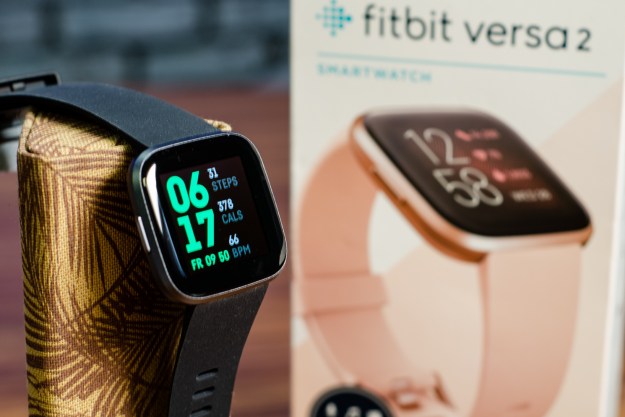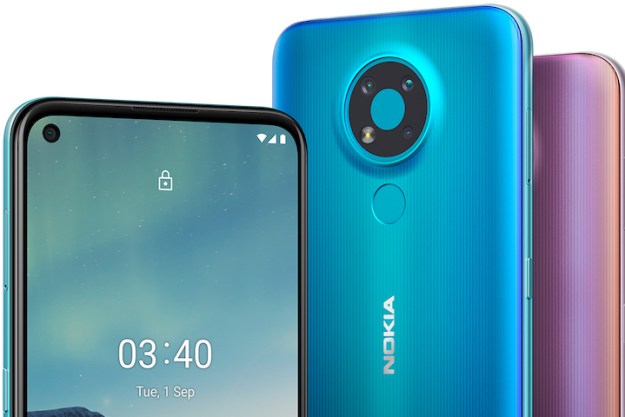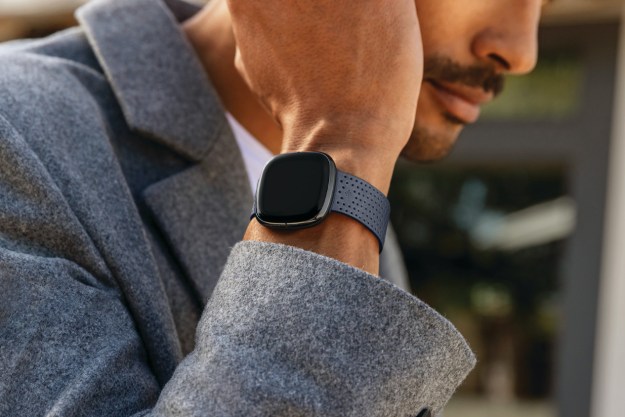Fitbit’s lineup of smartwatches and fitness trackers is getting larger just in time for the holiday season, with the company announcing the Fitbit Versa 4, Fitbit Sense 2, and Fitbit Inspire 3. The Versa and Sense continue Fitbit’s smartwatch focus, while the Inspire remains one of the go-to choices for anyone who wants to eschew too many smart features for a sleeker design and smaller price. And they’re likely to be among the best Fitbit wearables you can buy this year.
Right off the bat, none of these wearables are significant new additions to Fitbit’s portfolio. They’re all very similar to their predecessors, but with a few minor tweaks here and there to make them better than before. And, no, none of the new smartwatches are running Wear OS. Fitbit has made some intriguing hardware and software upgrades across the board, but this latest launch is clearly focused on evolution rather than revolution.
Fitbit Versa 4
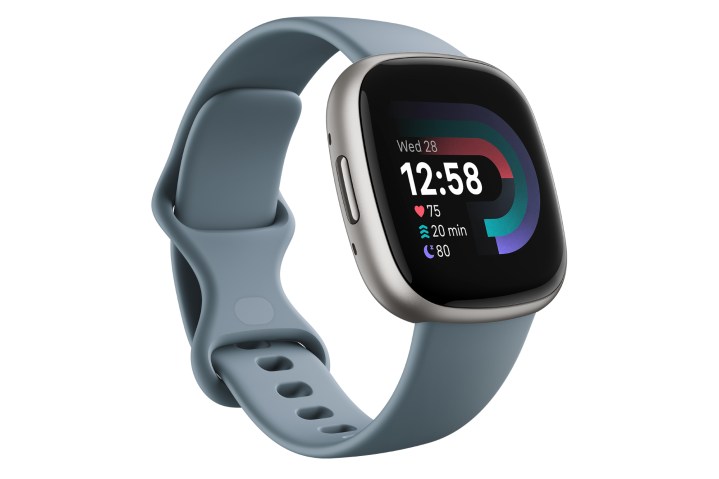
We’ll start with the Fitbit Versa 4. The Versa 4 looks almost identical to the Versa 3 at first glance, but Fitbit has made a few important design changes that shouldn’t be overlooked. It’s now thinner and lighter than its predecessor, which is impressive considering how comfortable the Versa 3 already was. Fitbit has also done away with the Versa 3’s faux button on the side and replaced it on the Versa 4 with a real, mechanical button. Combined with a higher placement on the side of the Versa 4, Fitbit says the new button should be much easier to press — even when you’re tired and sweaty after a long workout.
In addition to the new design, the Fitbit Versa 4 also upgrades its workout tracking experience. Where the Versa 3 could track 20 different exercises, the Versa 4 can track more than 40. Fitbit hasn’t revealed all of the new workout modes, but some of the highlights include HIIT, CrossFit, dance, and weight lifting. It’s not quite as impressive as the 90+ exercise modes offered on the Galaxy Watch 5, but it is a significant improvement over the Versa 3.
Beyond extra workout modes, the rest of the health tracking experience on the Versa 4 is identical to the Versa 3. It has a built-in GPS, Fitbit’s Active Zone Minutes feature, 24/7 heart rate monitoring, SpO2 tracking, sleep tracking, etc. You get all of that with the same promise of six days of battery life, easily outlasting the single-day use of the Apple Watch Series 7. When you do run out of juice, 12 minutes of charging gives you a full day’s worth of battery life.
Fitbit Sense 2
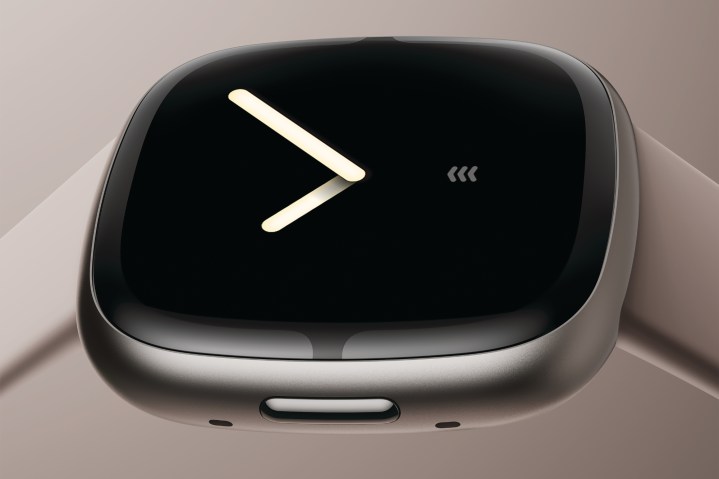
Similar to how the original Fitbit Sense shared a lot in common with the Versa 3, the same is true with the relationship between the Fitbit Sense 2 and Versa 4. The Sense 2 features the same tweaked design with a physical button on the side. Compared to the first Sense, Sense 2 is 10% thinner and 15% lighter. You’re also looking at the same six days of battery life per charge and fast charging speeds.
On the health tracking side of things, the Sense 2 does everything that the Versa 4 does. However, it supplements that health suite with a skin temperature sensor and a cEDA (continuous electrodermal activity) sensor to monitor your body for signs of stress.
The Fitbit Sense introduced stress tracking in 2020, but the big change for the Sense 2 is that the EDA sensor now offers continuous monitoring of your body’s electrodermal activity. You can still take manual scans whenever you’d like, but unlike on the first Sense, the Sense 2 can also track that data continuously throughout your day. Also, while both the Versa 4 and Sense 2 support irregular heart rhythm notifications while you’re sleeping or staying still, only the Sense 2 comes with Fitbit’s ECG app for on-demand AFib check-ins.
Fitbit Inspire 3
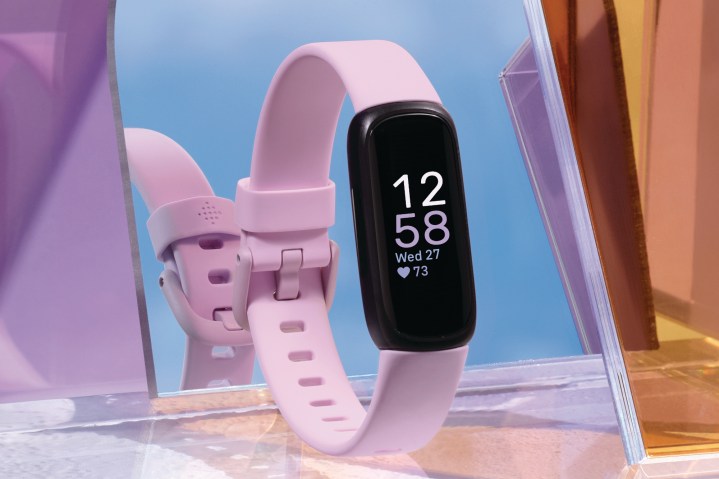
The last new wearable coming to the Fitbit family is the Fitbit Inspire 3. Like the Inspire 2, the Inspire 3 is marketed as Fitbit’s go-to fitness tracker for anyone who wants the Fitbit experience in a small, lightweight form factor that’s easy on the wallet. The design is sleeker and more rounded than the Inspire 2, but the most substantial upgrade is the display. Unlike the Inspire and Inspire 2, which both had monochrome screens, the Inspire 3 introduces a “rich color” AMOLED touchscreen to the lineup for the first time.
As for the health tracking features, it’s very similar to what you get on the Versa 4. The Fitbit Inspire 3 supports Active Zone Minutes, SpO2 tracking (a first for the Inspire family), sleep tracking (including Fitbit’s new Sleep Profiles program), 24/7 heart rate monitoring, and irregular heart rate rhythm notifications. The biggest difference is that you’re limited to 20 workout modes, and there’s no built-in GPS. However, those missing features also mean that the Inspire 3 can go for up to 10 days of use per charge.
The Google and Wear OS situation
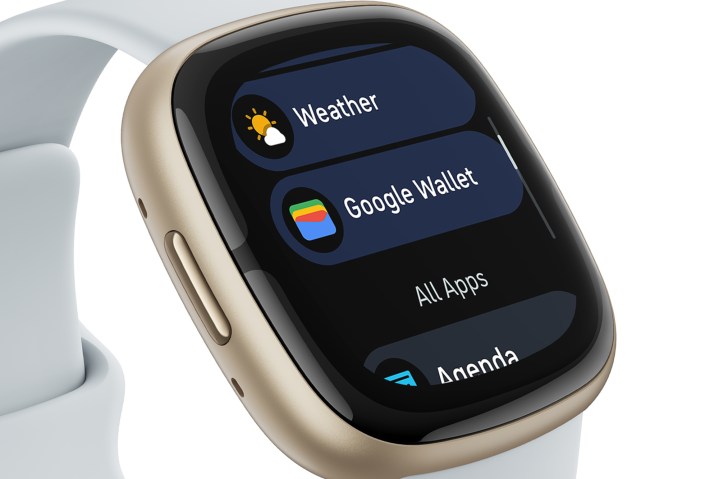
As expected, the Inspire 3 is running Fitbit’s custom software designed specifically for its fitness trackers. But what about the Versa 4 and Sense 2? As noted above, the watches are still running FitbitOS and not Wear OS. However, Fitbit has modified FitbitOS to mimic some of Wear OS’s best qualities.
For starters, there’s a new “tiles” system that lets users add widgets to the right of the clock face on the Versa 4 and Sense 2. These tiles give you glanceable info for your steps, daily activity, sleep, and more. Fitbit’s also offering some non-health-related tiles, such as current weather conditions and timer shortcuts, but third-party apps cannot tap into the tiles system. For now, it’s limited to first-party apps and first-party apps only.
Also coming to the Fitbit Versa 4 and Sense 2 are Google Wallet and Google Maps apps. Google Wallet will live alongside Fitbit Pay for the watches’ contactless payments, while
Price and availability
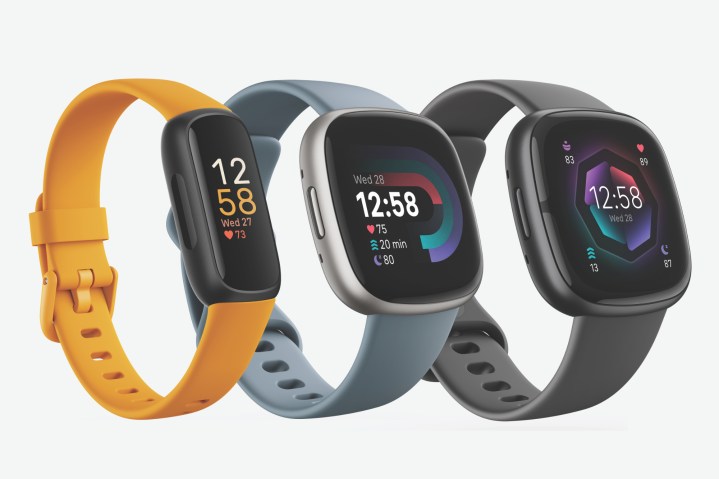
All three Fitbit wearables are available for pre-order starting today, August 24, and come with a free six-month trial to Fitbit Premium as part of your purchase. The Inspire 3 will hit store shelves in September, while the Versa 4 and Sense 2 will be available later this fall. The Inspire 3 is available for $99, the Versa 4 costs $229, and the Sense 2 goes all the way up to $299.
We obviously need to use Fitbit’s new gadgets before making any conclusive thoughts, but looking at everything we know right now, Fitbit may find itself in an awkward place with this lineup. At $280, the Galaxy Watch 5 offers 24/7 heart rate tracking, a SpO2 sensor, ECG tracking, built-in GPS, plus a body composition sensor that looks at your body fat, basal metabolic rate, skeletal mass, and more. It also has Wear OS 3.5 with Samsung’s One UI Watch 4.5 interface, delivering a fully-fledged smartwatch experience that FitbitOS on the Versa 4 and Sense 2 still can’t match. And, perhaps more head-scratching, Google’s set to launch the Pixel Watch later this fall. While we don’t know the full details on its health tracking suite or price, we do know that the Pixel Watch will have a built-in Fitbit app and track all of your activity using Fitbit’s software — in addition to running the latest version of Wear OS.
That competition doesn’t mean the Versa 4 and Sense 2 will be bad smartwatches, but to say they’ve got their work cut out for them would be an understatement. Regardless, we’re looking forward to getting our hands on them soon and seeing how they measure up with real use.
Editors' Recommendations
- 8 features I want on the Fitbit Sense 3 (if there is one)
- Fitbit Versa 4 vs. Fitbit Sense 2: Which new Fitbit wins?
- Fitbit’s AFib detection is here and it could save your life
- Fitbit Versa 3 vs. Apple Watch SE: Can Fitbit outrun Apple?
- Fitbit Versa 3 vs. Fitbit Versa 2


